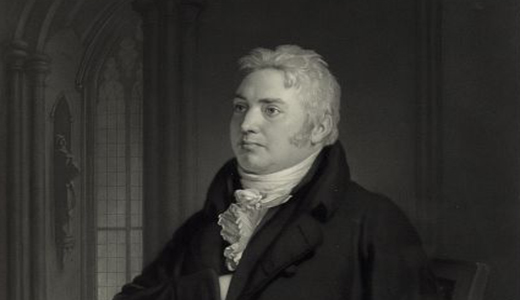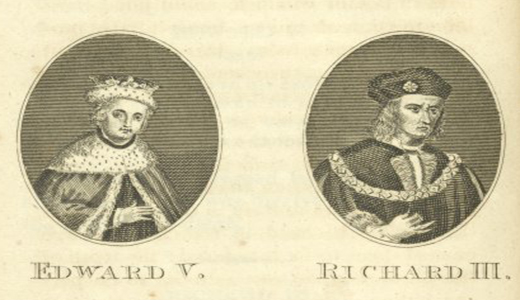 2018
2018
Samuel Taylor Coleridge (detail), by Washington Allston, 1854. Library of Congress, Prints and Photographs Division.
The final resting place of Samuel Taylor Coleridge, the seventeenth-century poet and author who died in 1834, has recently been rediscovered. Visitors to St. Michel’s church in Highgate Hill, North London, often came to pay their respects to Coleridge at a commemorative plaque. Little did they realize that his remains lay nearby in a lead coffin, recently discovered in a sealed-off wine cellar. A recent excavation revealed the coffin’s final resting place, and the church is now planning a full restoration. The discovery was first reported in the Guardian, in a story that also recounted how Coleridge, who lived by the North London Church in his final years, ended up a posthumous missing person:
He was buried in the nearby chapel of Highgate school. In 1961 it was noted that Coleridge’s vault had become derelict, and after an international fundraising appeal the coffins were moved to St. Michael’s, with the poet laureate John Masefield giving an address at the unveiling of the stone.
But in the words of Drew Clode, a member of the St Michael’s stewardship committee, “poor Coleridge was moved from a tip to a tip—they put the coffins in a convenient space which was dry and secure, and quite suitable, bricked them up and forgot about them, and never did anything about the rest of the space.”
As people died or moved away from the parish, the exact location of the coffins was forgotten, until a recent excavation revealed the entrance to the wine vault. The gap was just large enough to shine a torch through the ventilation block in the 1960s brick wall, and the excavators discovered the five lead coffins. They lay not where most thought, in the far corner of the crypt, but almost directly below the inscription “Beneath this stone lies the body of Samuel Taylor Coleridge” on the prominent memorial slab in the nave. “So that was a bit of a clue really,” said Clode. The church is planning a special Coleridge day in June with recitals and lectures, with several members of his family expected to be present, to raise funds towards the restoration project.
 1674
1674
Edward V. Richard III (detail), from The History of England: For the Use of Schools and Young Persons, by William Godwin. The New York Public Library, Carl H. Pforzheimer Collection of Shelley and His Circle.
Edward V, born in Westminster in 1470, was due to inherit the throne after the death of his father Edward IV in 1483. He was on his way from Ludlow to London to receive the crown when he was intercepted by his uncle Richard III, and his fate was sealed. Edward was sent to the Tower of London, from which he never emerged. Richard succeeded in alleging that Edward and his brother (also Richard, Duke of York) were illegitimate children and therefore ineligible for the crown. Both princes were locked away, clearing the way for Richard’s assent. The exact fate of the young prince’s remains was unknown for nearly two centuries until, in 1674, the bones of children were discovered under a staircase in the White Tower. The bones were then interred in a white marble sarcophagus in Henry VII’s chapel. The inscription was written in 1678 and translated from the Latin by Westminster Abbey. Below is the translated tribute, as well as the backstory to how it ended up there, courtesy of the Church:
“Here lie the relics of Edward V, King of England, and Richard, Duke of York. These brothers being confined in the Tower of London, and there stifled with pillows, were privately and meanly buried, by the order of their perfidious uncle Richard the Usurper; whose bones, long enquired after and wished for, after 191 years in the rubbish of the stairs (those lately leading to the Chapel of the White Tower) were on the 17th day of July 1674, by undoubted proofs discovered, being buried deep in that place. Charles II, a most compassionate prince, pitying their severe fate, ordered these unhappy Princes to be laid amongst the monuments of their predecessors, 1678, in the 30th year of his reign.”
The urn was opened on July 6, 1933, to examine the bones to try to ascertain if they were human remains. Not all the bones were there as some had been lost or given away when they were found in 1674. The remaining bones were of two young children. The Lady Chapel was closed during the examination, and on July 11 the bones were carefully wrapped up and replaced in the urn by the Dean with a parchment recording what had been done. He then read part of the burial service and the urn was resealed.